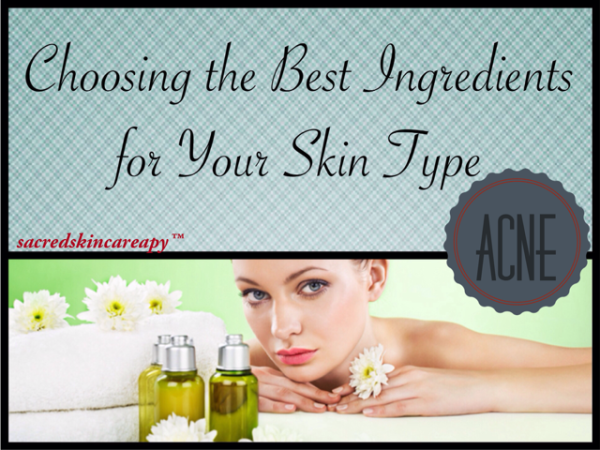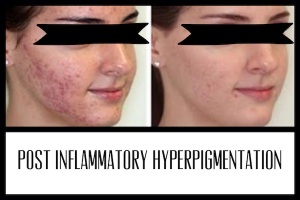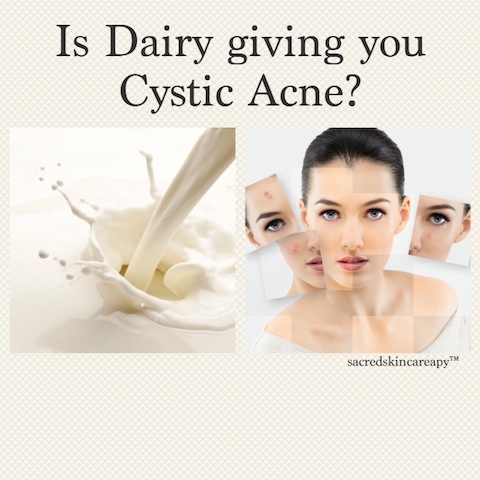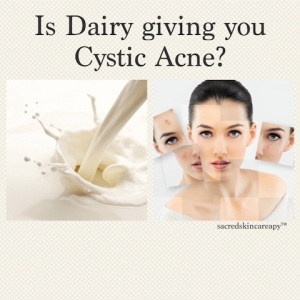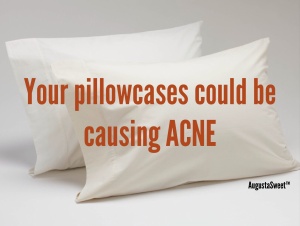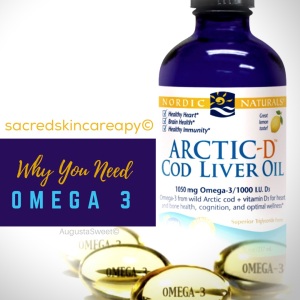Achieving clear skin can often seem like a challenge. Finding a balance with products that work by killing acne-causing bacteria, exfoliating dead skin cells that congest skin, remove excess oil, or decrease inflammation can often result in an initial trial and error process to find what works best for the type of acne you have. It’s important to consider whole body health, not just topical treatments, since acne can be caused by hormone imbalances, diet, stress, environment and genetics but the primary focus of this entry is all about ingredients that are great for the treatment and control of acne breakouts & inflammation.
Green Tea Extract (Camellia sinensis) – this anti-inflammatory is packed with antioxidants and studies have show that green tea can reduce acne by over 50%. Furthermore, it can cut sebum production by an astonishing 70%.
According to one study, a 2% green tea extract moisturizer was effective in clearance of papules and pustules, especially in mild and moderate acne. This result was comparable to the therapeutic action of other topical agents like benzoyl peroxide and topical erythromycin (an antibiotic), which in a word is AWESOME. While I’m definitely not anti-BP (benzoyl peroxide), BP is one of those topicals that requires patience, tolerance and resilience when introducing into a regular skin care routine and it isn’t for everyone – but more about that later.
Antioxidants are agents which can counteract the effects of oxidant radicals. Free radicals, as they are commonly called — are byproducts of the body that can cause damage to cells and tissues. Antioxidants work by binding to the free radicals and “deactivating” them before they can cause harm. Look for green tea in cleansers, toners, or moisturizers.
Sacred Skin Tip: Drinking green tea on a regular basis (regular menaing 4-5 cups a day) can also go a long way in clearing up your skin. It provides anti-inflammatory and anti-bacterial benefits internally as well as externally. Use steeped tea bags on your face in areas of inflammation or redness to soothe skin.
Salicylic Acid – Salicylic acid removes acne causing surface bacteria without stripping the skin. This beta-hydroxy acid is an effective and powerful exfoliating agent that helps keep skin clear by exfoliating inside the hair follicle. In fact, it is hydrating and healing for the skin. Salicylic acid is related to aspirin, which has anti-inflammatory properties and is usually better tolerated than glycolic acid. 2% salicylic acid is the best percentage. Look for it in cleansers, acne treatment moisturizers, or spot treatments.
Kaolin Clay – This gentle and versatile natural clay is great in masks for acne prone skin and can be found in a variety of skin care products and cosmetics; it draws out impurities & toxins and calms skin; absorbs sebum and prevents pore clogging. I love to follow up gentle exfoliation with a kaolin based mask. It also makes a great “spot” treatment for excessively oily skin with blemishes. It’s mild and cooling, making it efficient in improving circulation of blood to your skin, as well as for the elimination of wastes and toxins. When used in a facial mask, kaolin clay can detoxify the skin without leaving it feeling stripped. Look for it in a mask treatment, natural deodorants, body powders, and mineral makeup.
Spearmint Extract (Mentha Viridis) -a cooling, aromatic stimulant that as described as having cleansing and decongesting properties; it’s both an antibacterial and antioxidant and relieves itching related to acne. Look for it in spot treatments or masks.
There are several ingredients that focus on lightening PIH in the skin. Most importantly when dealing with post inflammatory hyperpigmentation, you have to have patience. It takes about two weeks for a blemish to heal, but PH can linger for months.
Using the following ingredients will help target your treatment and restore even skin tone:
Licorice Extract, Kojic Acid, and Vitamin C (L-Ascorbic Acid) – these three ingredients help with depigmentation and are listed in order of effectiveness in treating PIH. An ant-irritant, licorice extract has an ability to absorb UVA & UVB rays and helps suppress melanin, it’s the most effective natural skin lightening agent, followed by kojic acid. Vitamin C also works well to combat PIH. Look for these ingredients in serums, moisturizers, and/or sunscreens.
Hydroquinone – an OTC or prescription based topical skin lightening agent, depending on the concentration percentage. OTC products will range from 0.5%-2%, while prescription concentrations are generally around 4% and up. I don’t personally recommend hydroquinone because in my experience, there are too many side effects and possible issues. Misuse or overuse often leads to increased sensitivity, irritation or contact dermatitis. I used a 2% HQ product for a few months but it seriously made me itchy.
As a skin care professional I believe in the importance of treating the body, mind and spirit as a whole. Consulting with your skin care professional when establishing a routine is extremely beneficial and recommended because your professional will be able to give you a great understanding of your skin type as well as discuss any other factors (diet, stress, hormones, or genetics) that contribute to your areas of concern.


